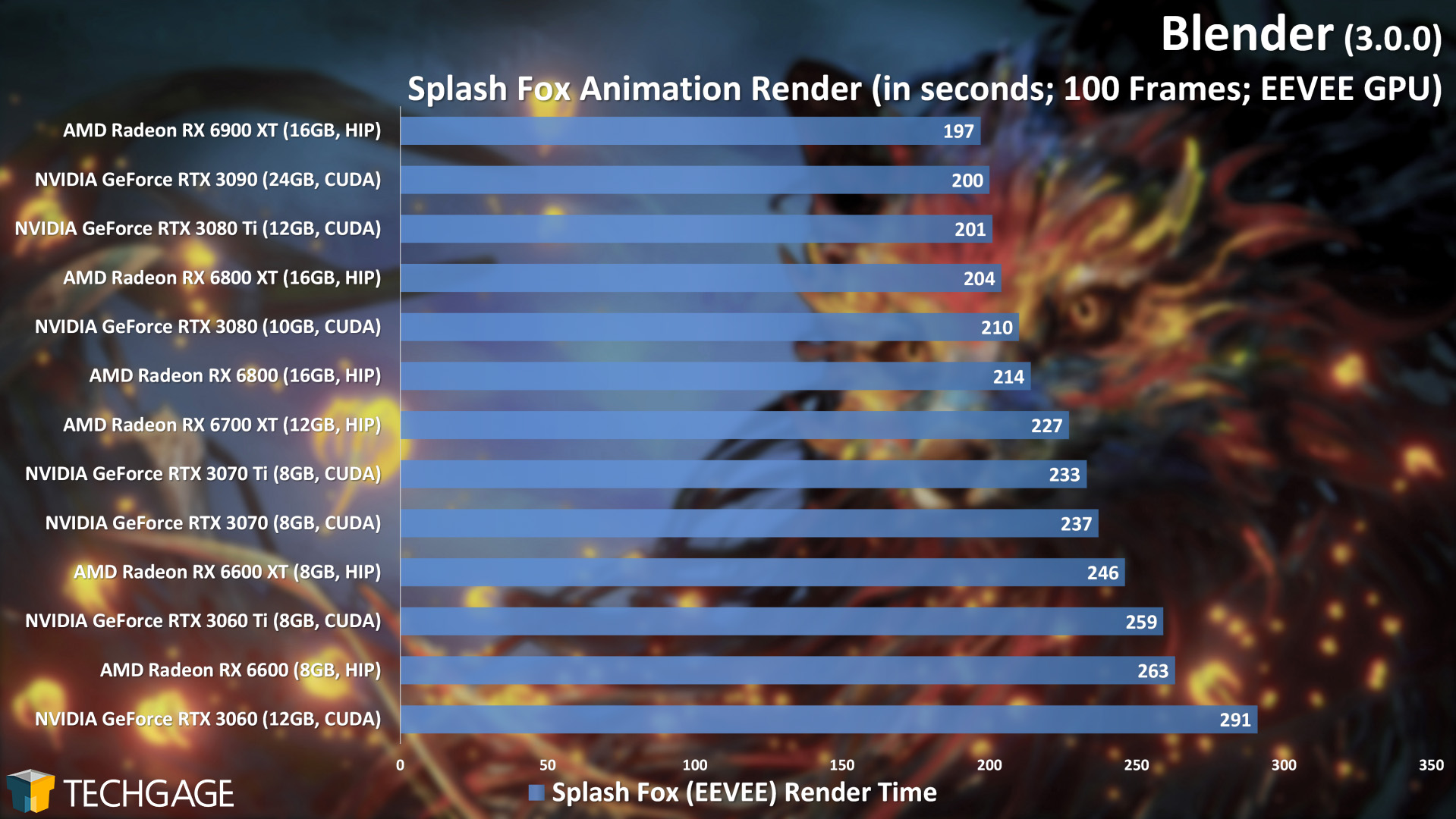Following the floorplan, 1 32-bit PHY and Memory controller takes the area of approximately 3.4 slices of L3, i.e. you can replace 32-bit GDDR6 bus with 13.6 MB of cache.
Assuming linear scaling of SRAM and lack of the 32-bit PHY scaling, it would be 5.4 slices of L3 or 21.6 MB of cache per 32-bit GDDR6 bus on TSMC 5 nm, so they can pack up to 172 MB of L3 in the same die footprint (~184 MB assuming MCs will shrink too).
The bottom line is that sram should be much more attractive on 5 nm.
Assuming linear scaling of SRAM and lack of the 32-bit PHY scaling, it would be 5.4 slices of L3 or 21.6 MB of cache per 32-bit GDDR6 bus on TSMC 5 nm, so they can pack up to 172 MB of L3 in the same die footprint (~184 MB assuming MCs will shrink too).
The bottom line is that sram should be much more attractive on 5 nm.
Last edited:

